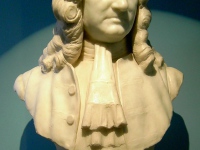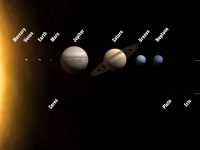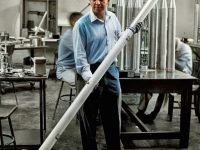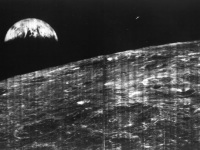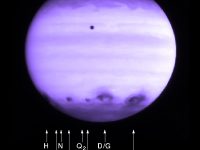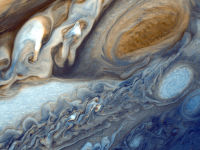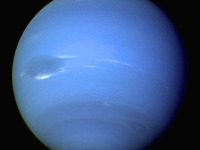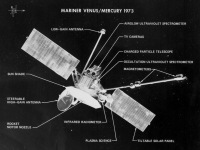Sir Edmond Halley and his famous Comet
On November 8, 1656, Sir Edmond Halley was born. The astronomer, geophysicist, mathematician, meteorologist, and physicist, was best known for computing the orbit of the eponymous Halley’s Comet.[9] “Wherefore, if, according to what we have already said, it should return again about the year 1758, candid posterity will not refuse to acknowledge that this was first discovered by an Englishman.” – Edmond Halley, as quoted in An Essay towards a History of…
Read more

